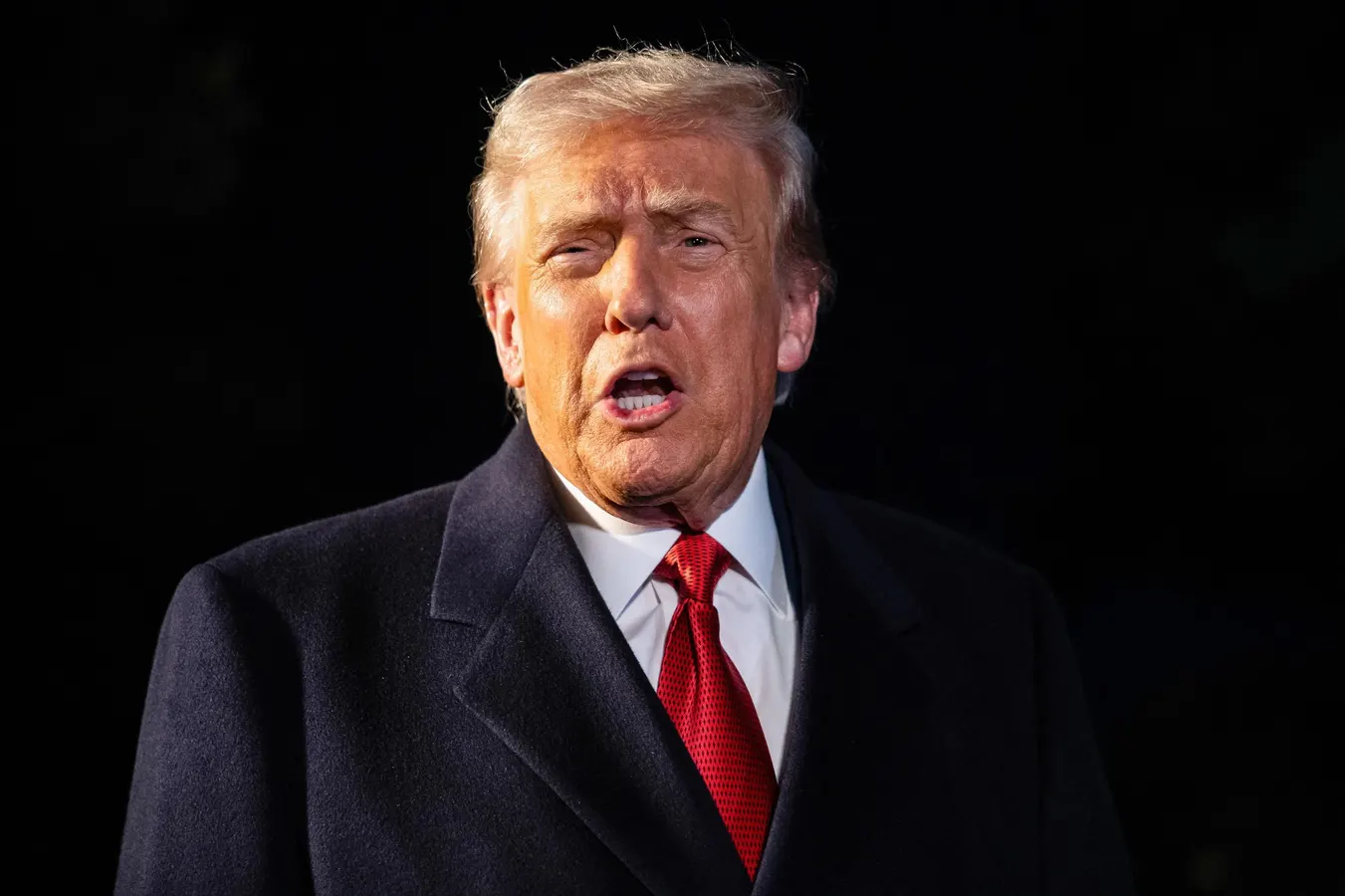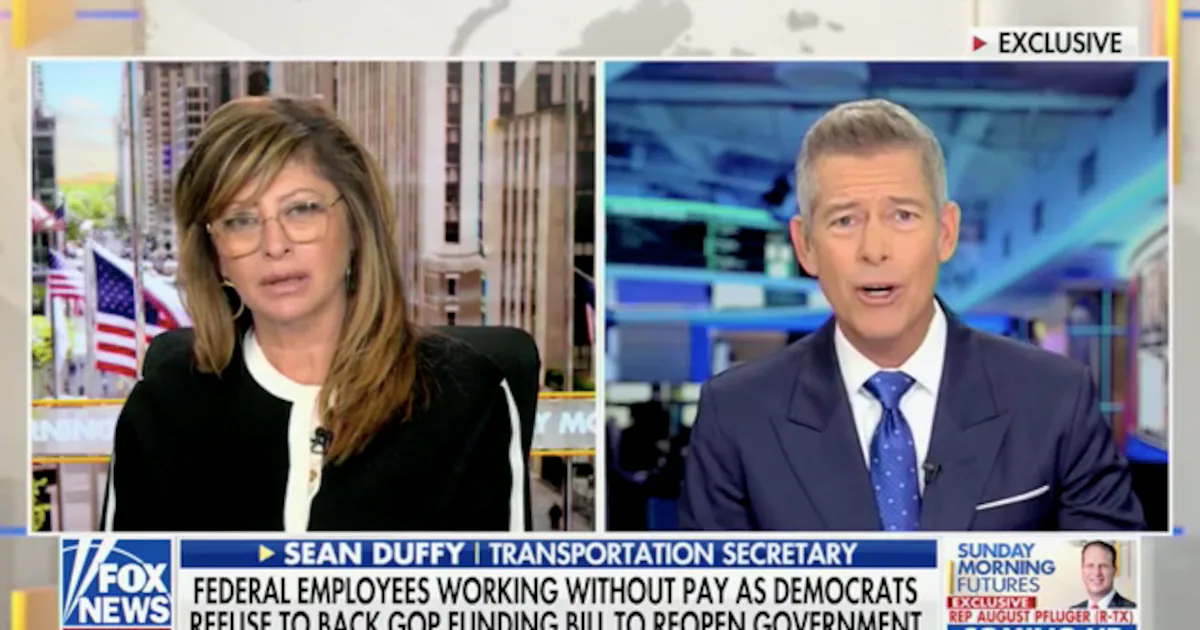Copyright forbes

U.S. President Donald Trump speaks to members of the media on the South Lawn of the White House before boarding Marine One in Washington, DC, US, on Friday, Oct. 24, 2025. Francis Chung/Politico/Bloomberg As Donald Trump makes the rounds in Asia, the U.S. president’s desire for a weaker dollar is central to the agenda — even when it’s not. At stops in Kuala Lumpur, Tokyo and Seoul, Team Trump is talking tariffs, security and investments in the U.S. At every turn, though, Trump and his lieutenants are all about a weaker exchange rate to tilt the playing field in favor of U.S. industry. That’s even though most of the economies Trump is visiting this week demonstrate the evils of artificially weak currencies. Japan is Exhibit A. Though its export-led growth model has favored a weaker yen for many decades, the last 25 years of obsessively managing exchange rates have been particularly damaging. Far from rekindling Japan’s animal spirits, an excessively weak yen reduced the urgency for a succession of governments to reduce bureaucracy, incentivize innovation, boost productivity, empower women and restore Tokyo’s place at the center of Asia’s financial universe. A weak yen deadened the need for corporate CEOs to innovate, restructure, and take risks, as Japan Inc. did in the 1980s. The more the yen declines, the more complacency it enables, hindering Japan’s economic trajectory. And as China upends the global playing field. That was surely the case in 1999, when the Bank of Japan first cut rates to zero. Two years later, in 2001, Tokyo pioneered quantitative easing. A major side effect of QE was a sharp yen depreciation. In 2013, the BOJ turned things up to 11 by pushing QE into uncharted territory. The yen’s 30% plunge versus the dollar helped boost Japanese gross domestic product here and there. It sent the Tokyo stock market skyward. What it didn’t do was raise Japan’s competitive game, increase economic efficiency or put it in the global startup race. If time travel were possible, it would be tempting to travel back to 2013, when then-Prime Minister Shinzo Abe was unleashing his splashy reform regime. So-called Abenomics was meant to disrupt Japan with a series of supply-side upgrades. Mostly, though, it was trickle-down economics with Japanese characteristics. If only Abe had harnessed his high popularity early on, majorities in both houses of parliament and his nearly eight years in office — a record for a Japanese leader — to remake Asia’s second-biggest economy. Japan Inc. might be thriving in 2025. The what-ifs are now piling up as Japanese growth underwhelms, wages lag inflation, and China gains market share worldwide. And Chinese leader Xi Jinping knows it. China studied the ways in which the 1985 Plaza Accord to strengthen the yen paved the way to Japan’s lost decade. It also knows how letting the yuan surge would put China’s export-reliant economy at risk. Yet a weaker dollar would backfire on the U.S., as a weak yen did for Japan. It would immediately undermine faith in U.S. Treasury securities, boosting bond yields. In other words, Trump’s desire for a weaker dollar ignores the ways in which the U.S. benefits from its strength. Clearly, Trump doesn’t understand the “exorbitant privilege” that Washington enjoys, including the ability to issue debt at markedly lower yields than a nation with a $38 trillion debt should. Perhaps Treasury Secretary Scott Bessent can educate him on why Washington shouldn’t blow such an enviable perk. And why, of all the chaotic policies Trump has thrown at the global system, this one that might backfire the worst. The same goes for Trump’s assault on the Federal Reserve. No U.S. institution, arguably, commands greater respect abroad than the one Fed Chair Jerome Powell leads. That Trump has gone out of his way to call the global face of the U.S. economy, who protects the value of Treasuries, a “fool,” a "low IQ person," a “moron," a "numbskull," and a "stiff" boggles the mind. It's clear Trump wants a weaker dollar. But his willingness to burn it all down to achieve it is chilling and frightening. It also greatly reduces the odds that Trump would ever get Xi even to entertain the idea of a “Mar-a-Lago accord” on currency rates. Who in Beijing would trust Trump World to keep its part of the bargain? There’s a lot about Trump’s tariffs for Asia to dislike. But any effort to undermine the linchpin of global trade and finance is in no one’s best interest. Least of all America’s economy. Editorial StandardsReprints & Permissions



